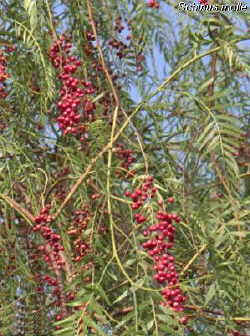
 T
T


 TREE OF PERU
TREE OF PERU


|
 T
T
|

|

|
 TREE OF PERU
TREE OF PERU
|

|
| schinus molle |





 TREE OF PERU
TREE OF PERU


U.E.P.
 Add to Favorite
Add to Favorite
 Home Page
Home Page
 Recommend this Plant
Recommend this Plant
|

|
|
2008 © HIPERnatural.COM
www.hipernatural.com Your Source of Natural Health in Internet |
|